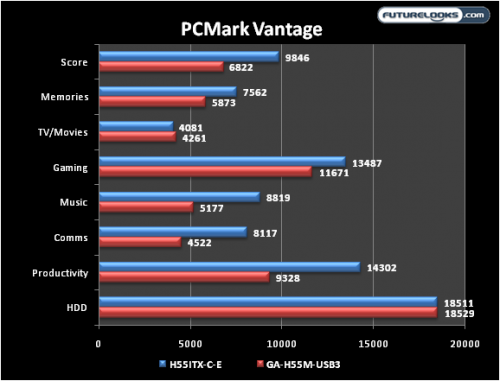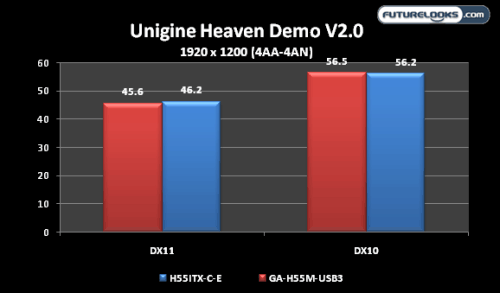Benchmark Notes
The following applications were used in testing and benchmarks: PCMark Vantage, CineBench 11.5, Graysky’s H.264 Encoding, Unigine Heaven v2.1 Demo, Alien vs Predator DX11, and Battlefield Bad Company 2.
PCMark Vantage
Don’t let the size of the H55ITX-C-E fool you. As far as PCMark is concerned, it’s a full sized platform. I reran the benchmarks more than twice to see if the scores were a fluke.
CineBench R11.5
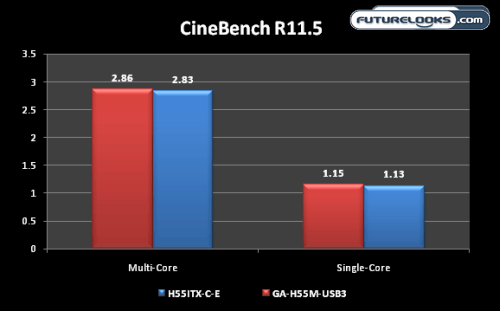
The story is just a tad different here. Cinebench favored the micro-ATX platform, but just by a small minimal .02 or so. Several different factors can effect the results. The USB3 board tends to run just ever so slightly faster in the BIOS automatically even when forced to do certain settings.
GraySky H.264 Encoding
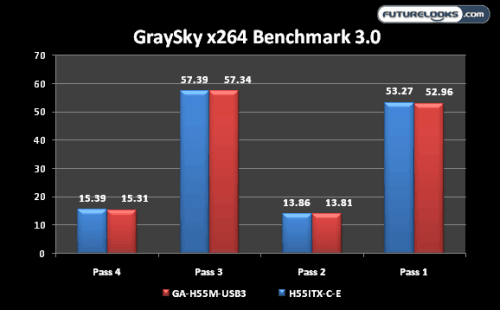
After a little encoding dust settled, both platforms were very close. If you’re wondering why these scores are lower than a Core i5-750 or better, it’s because the Core i5-650K has a slower integrated memory controller. Fortunately, the extra Hyper Threads do a great job of helping out the assignment.
Unigine Heaven v2.1
Still one of my favorite free to download benchmarks, Heaven Demo V2.0 gives the system something beefy to chew on graphic and CPU wise. At 1920 x 1200 2AA and 4AN, the H55ITX was a hair more aggressive finishing off the benchmark.
Alien vs. Predator (DX11)
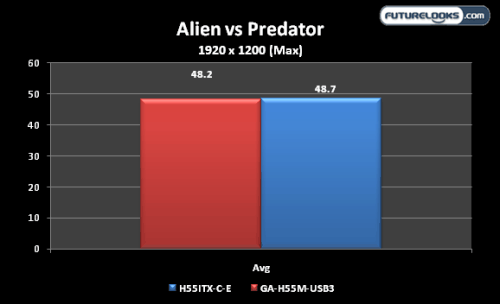
The AVP benchmark, also free to download, is a pretty graphic intensive 3D benchmark. It’s sole purpose is make any video like our GTX480 cry. This time, frame rates were extremely close. Nothing to do but keep going.
Crysis Warhead & Battlefield Bad Company 2
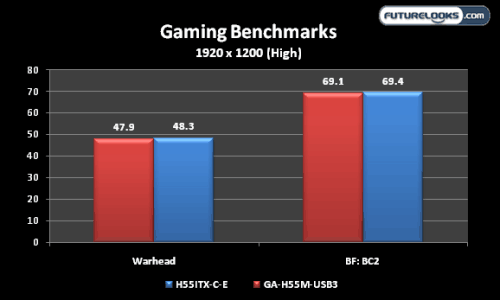
Again, the H55ITX and USB3 fought very closely. I wouldn’t say either out did the other when it came to 3D applications. Both would make a great gaming system. The H55ITX is just a much smaller fighter is all.
Now let’s move on to the IO and functionality tests and bring this review home.

